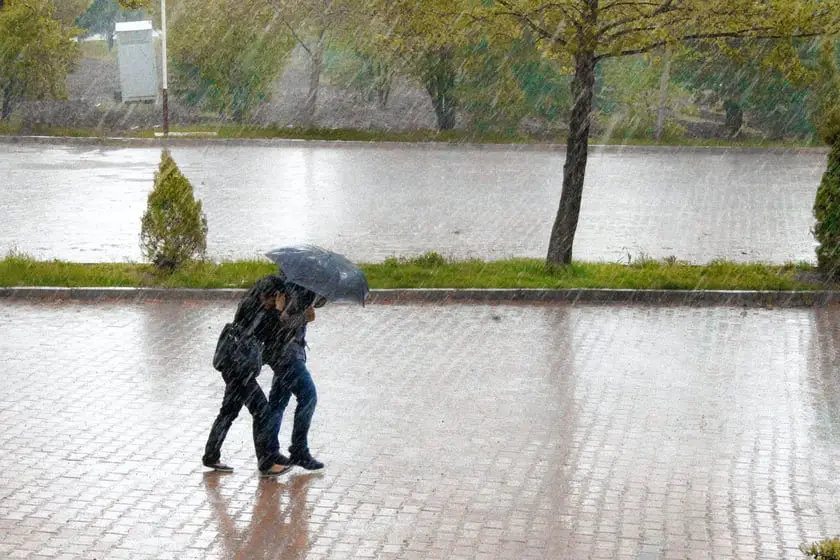The relentless power of Mother Nature can be witnessed in many forms, but few are as formidable as tropical storms. Understanding these fierce atmospheric phenomena is vital for anyone residing in regions prone to their wrath. This exploration delves into the formation, intensity, and patterns of tropical storms and the powerful impact they can visit upon communities. Just as important as comprehension, though, is preparation. Through the comprehensive cultivation of an emergency evacuation plan, the disarray and stress of an impending storm can be minimized. Of equal importance are the safety measures that one must employ in the storm’s aftermath. And, when facing the immediate dangers of a tropical storm, a strong grasp of first aid and basic survival skills is essential to ensure the safekeeping of oneself and others.
Understanding Tropical Storms
Tropical storms form over warm ocean waters near the equator and bring heavy rain and wind. When the surface of the water is approximately 80 degrees Fahrenheit or warmer, warm, moist air rises, creating a cycle that can intensify under the right conditions, eventually forming a tropical storm.
Formation, Intensity, and Patterns
Tropical storms are driven by heat from the sea, usually forming in tropical regions during warmer parts of the year. As the storm moves over land or cooler waters, it loses its energy source and weakens.
Understanding intensity and patterns is crucial. Intensity is measured by wind speed on the Saffir-Simpson scale. Patterns involve the storm’s movement, influenced by various weather patterns.
Preparation and Planning
Preparation involves securing properties, making emergency plans, and gathering supplies. Develop an emergency plan with safe areas for shelter, evacuation routes, and a well-stocked disaster supply kit. Practice your plan regularly to ensure everyone knows what to do.
Post-Storm Safety Measures
After the storm, assess damage carefully, watching for hazards. Check for injuries and provide basic first aid. Ensure food and water supplies are safe for consumption.
Staying informed through weather reports and emergency frequencies is crucial, and continuing to employ survival skills, such as safe shelter, hydration, and food, remains vital after the storm passes.
With awareness and preparation, the threat posed by tropical storms can be significantly mitigated. The knowledge we arm ourselves with is our best defense in the face of such unpredictable, powerful natural forces. Remember, it’s not just about surviving the storm, but about preparing for its arrival and being able to navigate the aftermath safely and effectively.
Stay Ready. Be Prepared. For Life.

